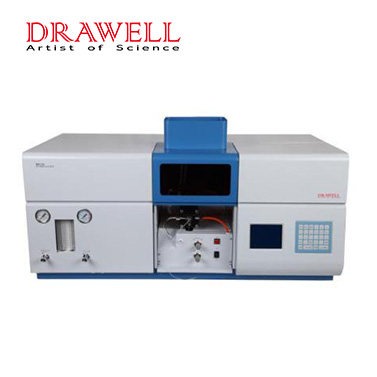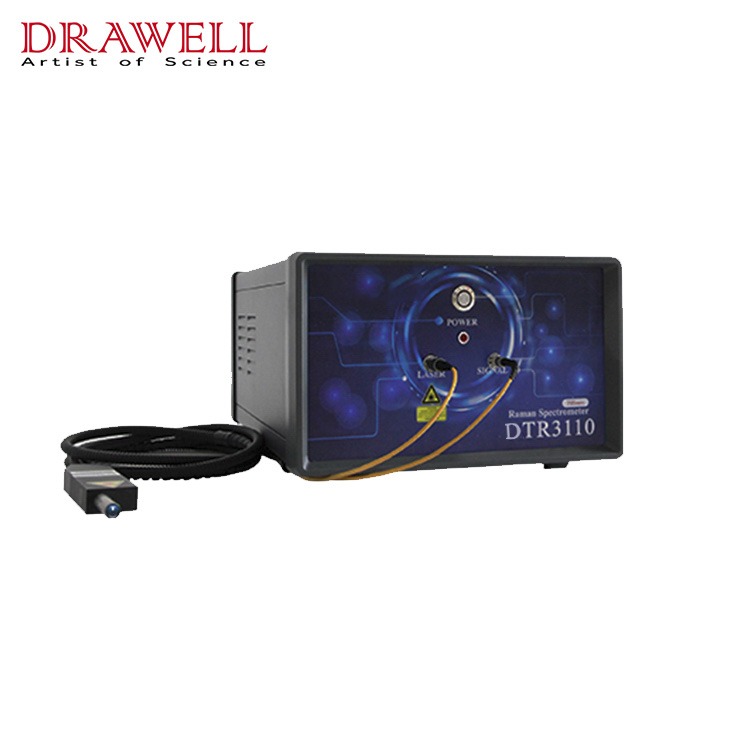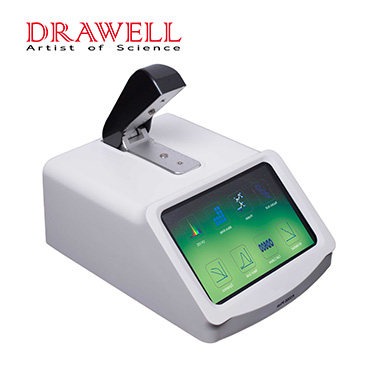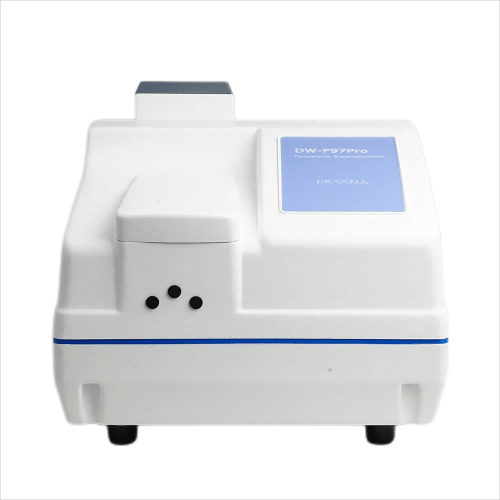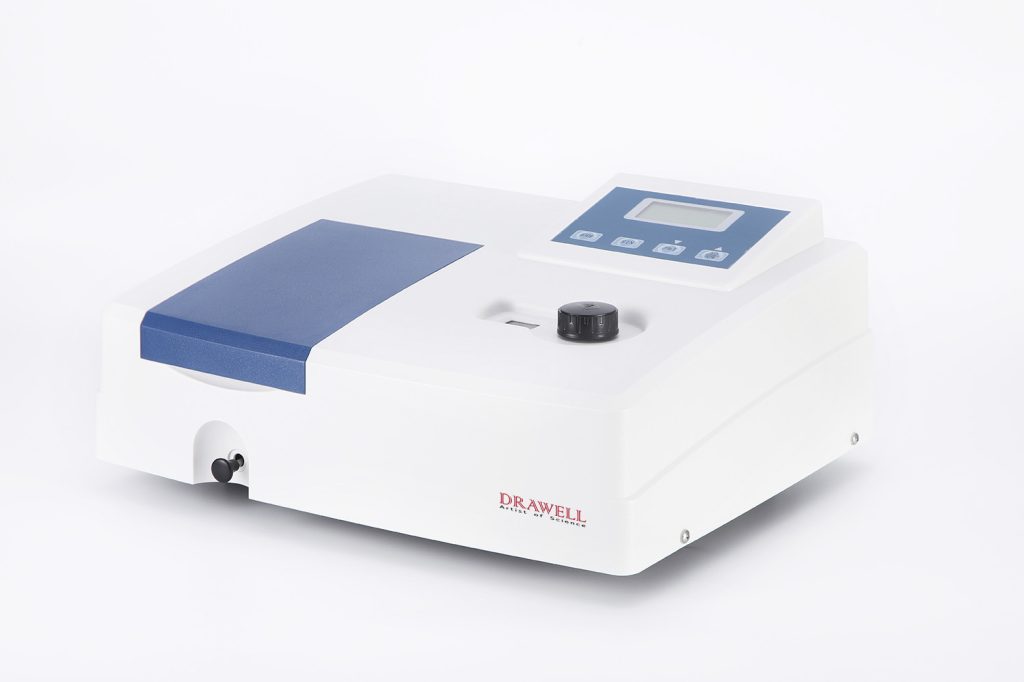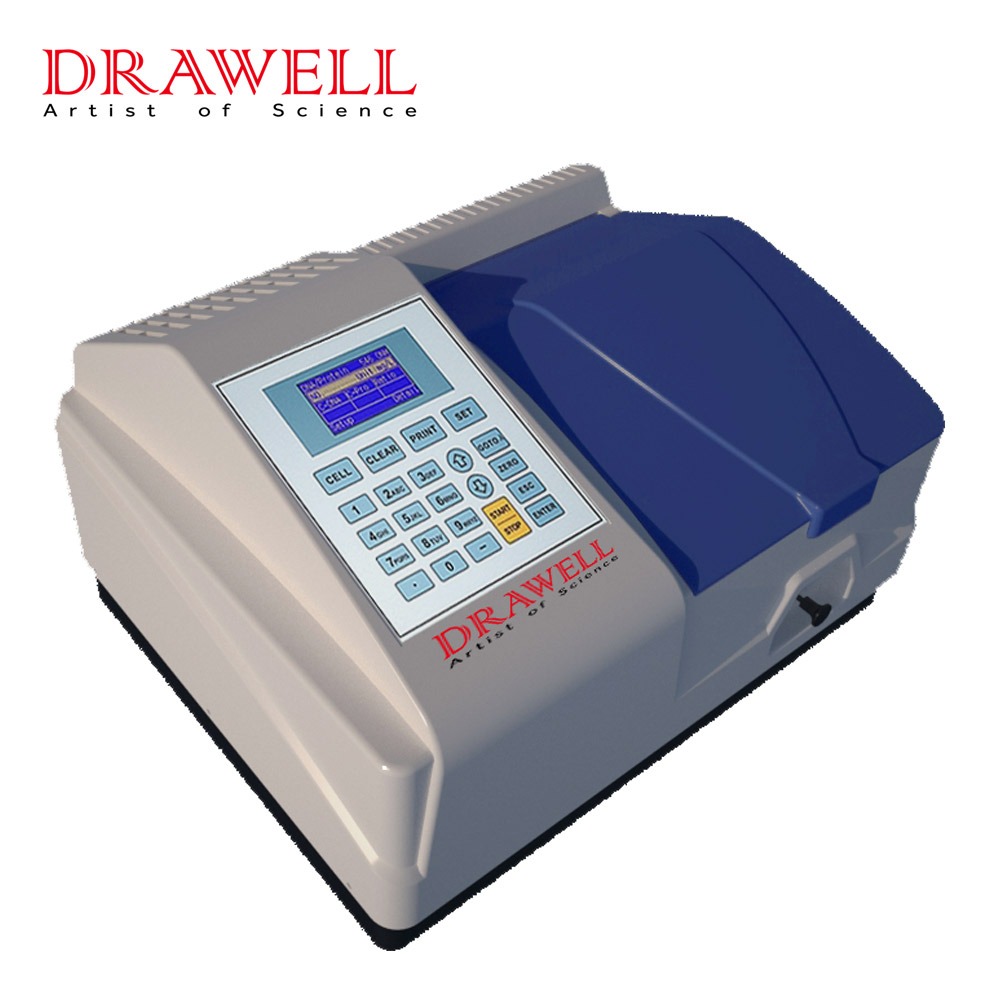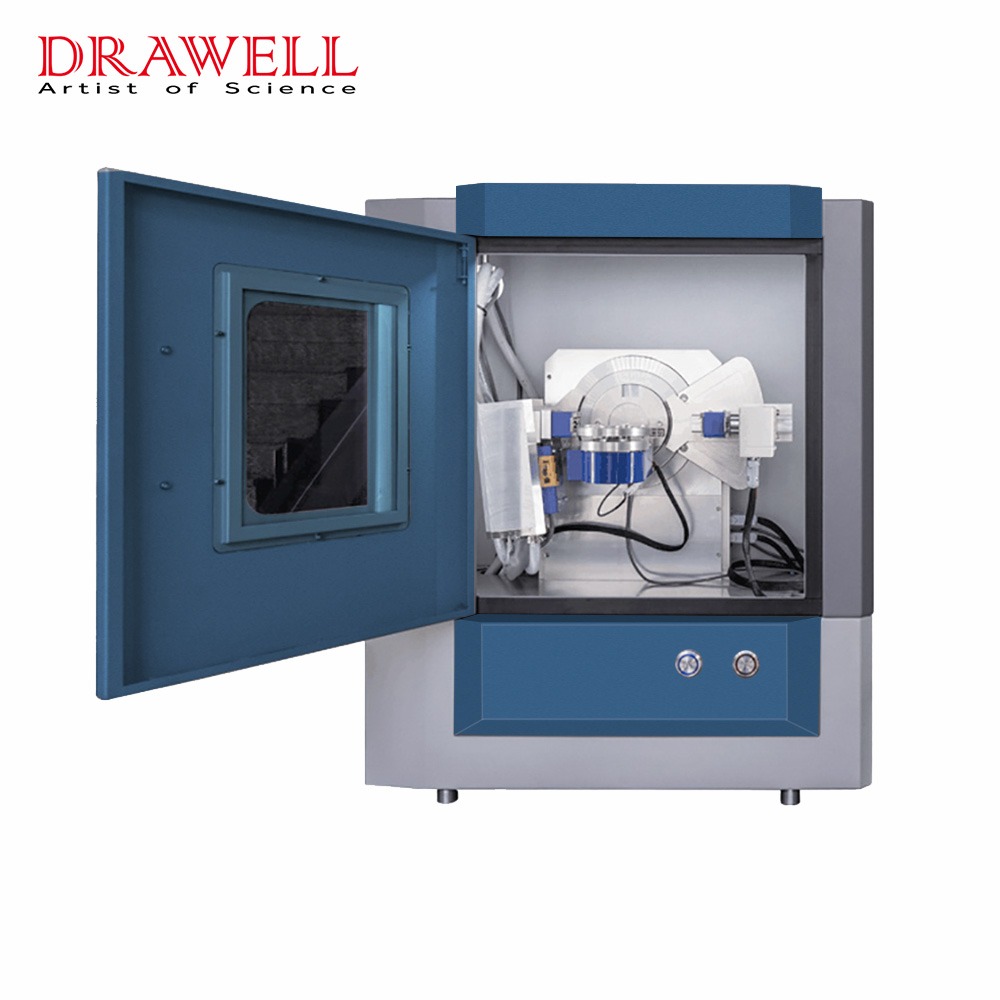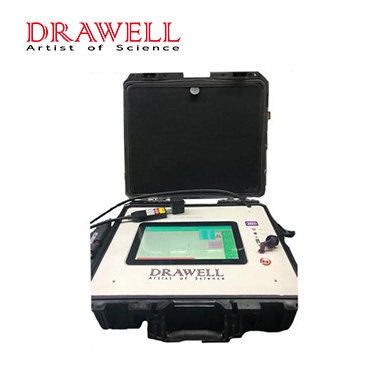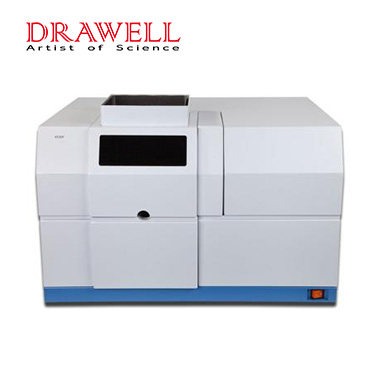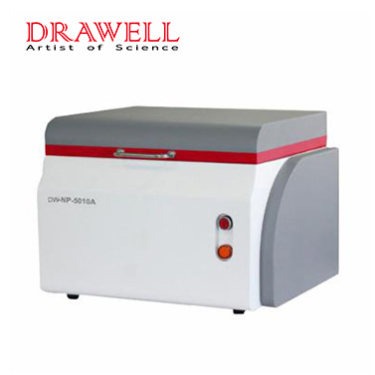Color measurement is an essential aspect of various fields, including manufacturing, food, textiles, cosmetics, medical diagnostics, and environmental monitoring. With the increasing demand for product quality and consistency, accurate color measurement has become more important than ever. Colorimeters and spectrophotometers are two commonly used instruments for color measurement. While both instruments are used to measure the color of a sample, they differ in terms of their principle of operation, range of wavelengths, sensitivity, cost, and applications. In this article, we will compare colorimeters and spectrophotometers, discussing their differences and applications, to help you choose the instrument that best suits your needs.
Double Beam DW-AA320N Atomic Absorption Spectrophotometer (1 Lamp Stand)
What Is Spectrophotometer and Colorimeter?
Colorimeter is a type of instrument that measures the intensity of color in a sample by comparing it to a standard color. This is done by shining light of a specific wavelength onto the sample and measuring the amount of light that is absorbed or transmitted. The colorimeter then compares the intensity of the light in the sample to the intensity of the light in the standard to determine the color of the sample.
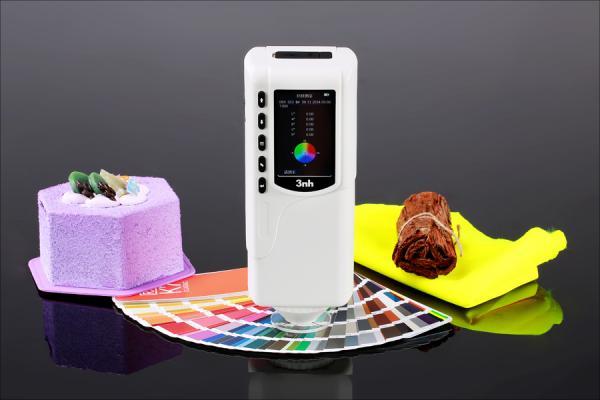
Spectrophotometer, on the other hand, is an instrument that measures the absorption or transmission of light at different wavelengths. This is done by shining light of different wavelengths onto the sample and measuring the amount of light that is absorbed or transmitted. The spectrophotometer then plots a graph of the absorption or transmission spectrum of the sample, which can be used to identify the chemical composition of the sample.
DTR3110 Portable Raman Spectrometer
Difference Between Colorimeter and Spectrophotometer in Tabular Form:
| Property | Colorimeter | Spectrophotometer |
| Principle | Measures the intensity of light absorbed or transmitted by a sample at a single wavelength. | Measures the amount of light absorbed or transmitted by a sample at multiple wavelengths. |
| Wavelength Range | Narrow, typically 400-700 nm | Wide, typically 200-800 nm or greater |
| Wavelength Range | Narrow, typically 400-700 nm | Wide, typically 200-800 nm or greater |
| Measurement accuracy | Lower accuracy, typically ±1-0.02 | Higher accuracy, typically ±0.001-0.005 |
| Cost | Less expensive | More expensive |
| Portability | More portable | Less portable |
| Sample Type | Can only measure solid or liquid samples in solution. | Can measure solid, liquid or gas samples. |
| Maintenance | Requires regular calibration and maintenance | Requires regular calibration and maintenance |
Application of Colorimeter and Spectrophotometer
Colorimeters and spectrophotometers are commonly used in various fields for color analysis and measurement of light absorption or transmission by a sample. Here are some of their applications:
Applications of Colorimeters:
- Color matching in manufacturing industries such as textiles, paint, and plastics.
- Color quality control in food and beverage industries.
- Water quality testing to determine the concentration of various chemicals in water.
- Analysis of pH levels and turbidity in water.
- Clinical analysis in medical laboratories, such as blood and urine analysis.
- Color analysis in cosmetics and personal care industries.
Applications of Spectrophotometers:
- Chemical analysis and research in pharmaceutical and biotechnology industries.
- Analysis of light absorption in organic compounds, inorganic compounds, and biochemical samples.
- Analysis of pigments and dyes.
- Analysis of air pollutants and gas concentrations in the environment.
- Analysis of DNA and RNA samples.
- Quantitative analysis of metal ions in water samples.
- Quality control in the production of electronic components.
K5500Plus Nano Spectrophotometer
Conclusion
In conclusion, colorimeters and spectrophotometers are both valuable instruments that serve different purposes, and it is essential to consider their features and capabilities when selecting the appropriate one for your color measurement needs. Colorimeters are more affordable, portable, and easier to use, making them a suitable choice for basic color measurement applications. On the other hand, spectrophotometers are more precise, versatile, and can provide detailed spectral data, making them a preferred choice for demanding color measurement applications.
If you are wondering which color measurement equipmemnt to choose, believe Drawell is your best choice. DRAWELL is specialized in laboratory equipment and have different types of spectrophotometer and can recommened you to choose the one to best fit your needs. Please feel free to contact us.

